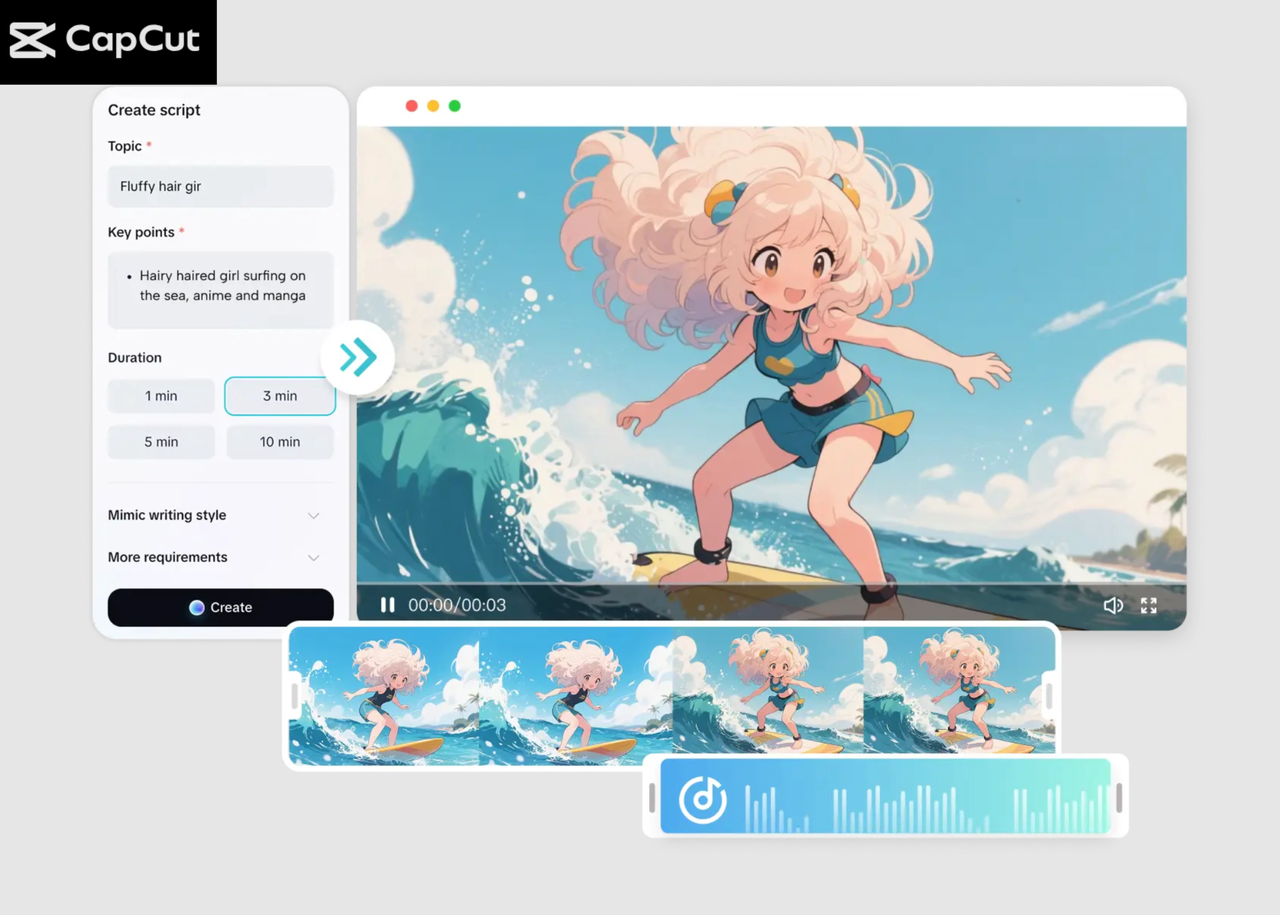Quick Summary
Do you want to know how to boost SEO with Webflow? In this blog, we will be covering how Webflow benefits SEO and its features. Find out how to optimize your URL structure, header tags, and meta descriptions. Speed up your site loading speed and improve your mobile friendliness. Follow these tips to get a better ranking and ultimately attract more traffic to your site.
Introduction
Seo is crucial for any website and the same applies to webflow site optimization to increase ranking on search engines. Webflow is quite powerful in its options and functions, and it can be used to create very SEO-friendly sites with relative ease. However, understanding how all of these features can be used to an advantage makes all the difference.
Quick Statistics:
- Over 90% of people who use the internet perform a search to start their experience.
- Sites that make up the first Google web page obtain 91.5% of all web search traffic.
- Mobile-friendly websites have a 60% higher chance of ranking better.
This blog explores whether Webflow is good for SEO and shares actionable tips to enhance your website’s performance.
Is Webflow Good for SEO?
The short answer is yes, Webflow is SEO-friendly.
Optimizing your website with Webflow has a lot to offer including robust features. Search engines can easily crawl and index your website because it’s clean (HTML) code. In addition to this, you can find tools such as customizable meta tags, an XML sitemap generator, and responsive design capability. They help you meet key SEO requirements without too much effort.
Another great advantage of using Webflow is that you don’t have to live in a developer’s bubble. You can easily integrate it with other tools like Google Analytics and have fast-loading, mobile-friendly websites. But like any platform, the efficacy will depend on how effectively you’re using optimization opportunities you have available.
So, now we’ll take a look at some practical tips and best practices for Webflow SEO.
Webflow Website Optimization Tips and Best Practices
1. Set Up a Proper URL Structure
A good and organized URL structure is important for SEO Optimization. Webflow allows you to create clean URLs for each page. These URLs should:
- Be short and descriptive.
- Reflect the content on the page.
- Better navigation requires a logical hierarchy.
For example:
- Use https://yoursite.com/services/ instead of https://yoursite.com/page123.
- Do not use extra parameters or symbols in your URLs and web addresses.
Using this approach helps your users have a better experience and search engines understand how your site is structured.
2. Optimize Header Tags
Header tags H1, H2, and H3 help your content read well and be in a hierarchy. Use these tags correctly:
- H1: This is used for the major heading of the page.
- H2: Use for subheadings.
- H3: For subtopics under H2 sections.
For example:
- H1: “How to enhance Webflow websites to achieve SEO benefits”
- H2: “Creating a proper URL structure”
- H3: “Best Practices for URLs”
This will improve the search engine’s and user’s understanding of your content. Ensure that you put your SEO keywords appropriately in these tags.
3. Add Meta Titles and Descriptions
If you want to get more click-through rate, the meta title and description are critically essential. They give a quick summary of your page in search results. Here’s how to write them effectively:
- Keep meta titles under 60 characters.
- Keep descriptions under 155 characters.
- Start with including primary keywords early.
- Make sure they’re engaging and action-oriented.
For example:
- Title: “Webflow SEO Tips: Optimize Your Website Effectively”
- Description: “Learn how to optimize your websites that are developed with Webflow. Increase your ranking now with these simple tips.”
You can easily add these in Webflow under the “Page Settings > SEO Settings” section.
4. Improve Site Loading Speed
For SEO optimization, site speed is very important. A higher bounce rate is usually the result of a slow-loading website. Use these tips to improve speed on Webflow:
- Upload compressed images (file sizes < 1MB).
- Avoid using big videos or animations.
- Make the images lazy and loadable.
- Don’t use custom code that is specific to your website.
Webflow offers good hosting, but never assume your site is good enough — always test your site speed with Google PageSpeed Insights or some other site speed tool.
5. Use Alt Text for Images
The use of alt text is to describe images to the search engines. It also enhances the usability of the site for those with vision impairment. Follow these guidelines:
- Each image should have clear and descriptive alt text.
- Insert the right keywords into the relevant area.
- Do not stuff with keywords in unnatural ways.
For example:
- Instead of “image1.png” use “webflow-seo-best-practices.png.”
6. Enable Responsive Design
A responsive web page adjusts to match the screen size. It’s important because Google values mobile-friendly websites. With Webflow, it’s easy to build a responsive website. You can test your site on different devices to be sure it will look good everywhere.
7. Add Structured Data Markup
Schema markup or structured data makes it easier for Search Engines to interpret what your site provides. It enhances your site’s appearance in search results with rich snippets type of features: Use schema markup for:
- Reviews and ratings.
- FAQs.
- Products or services.
Webflow allows you to embed custom code for adding structured data.
8. Build Internal Links
Internal links help connect pages of your site. They structure pages for the user and allow search engines to understand the importance of pages. Use internal links to:
- Connect related blog posts.
- Share services or products.
- Help visitors navigate to the next natural page.
For example:
- Add a link to ‘SEO Services’ from your homepage to contact us.
9. Generate and Submit an XML Sitemap
An XML sitemap lists all your site’s pages for search engines. Webflow automatically generates this for you. To submit your sitemap:
- Go to Google Search Console.
- Click on the “Sitemaps” section.
- Enter your sitemap URL (e.g., https://yoursite.com/sitemap.xml).
This is the one that ensures that all your pages are indexed by search engines.
10. Regularly Audit Your Website
SEO is not a one-time task. Use tools like Google Analytics to see how people are visiting what they click on and where the problems are. Check for:
- Broken links.
- Outdated content.
- Duplicate meta descriptions or titles.
Updating your content regularly helps you keep your content fresh. It’s also recommended to use a check plagiarism free utility to ensure content uniqueness.
Summing Up!
SEO on a Webflow website is something that requires both a technical and a strategize side. This contributes to better visibility: from better logical URL structures to improving website speed. The good thing about Webflow is that it gives you all the tools you need to win.
These tips and best practices will help you to convert your Webflow website into an SEO-friendly platform that attracts and fulfills your audience’s needs. You can also hire Webflow developers from reliable agencies providing personalized assistance or managed support plans.
CTA Text
Looking to optimize your Webflow website for SEO? Creatype Studio crafts stunning typefaces to enhance your design and business projects. Since 2018, we’ve delivered high-quality fonts with precision and style. Let’s make your website unforgettable! Visit Creatype Studio today!




